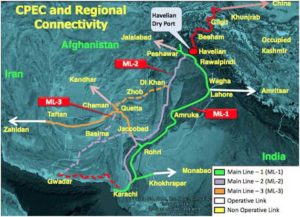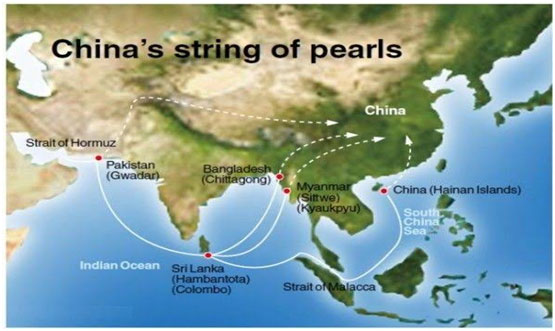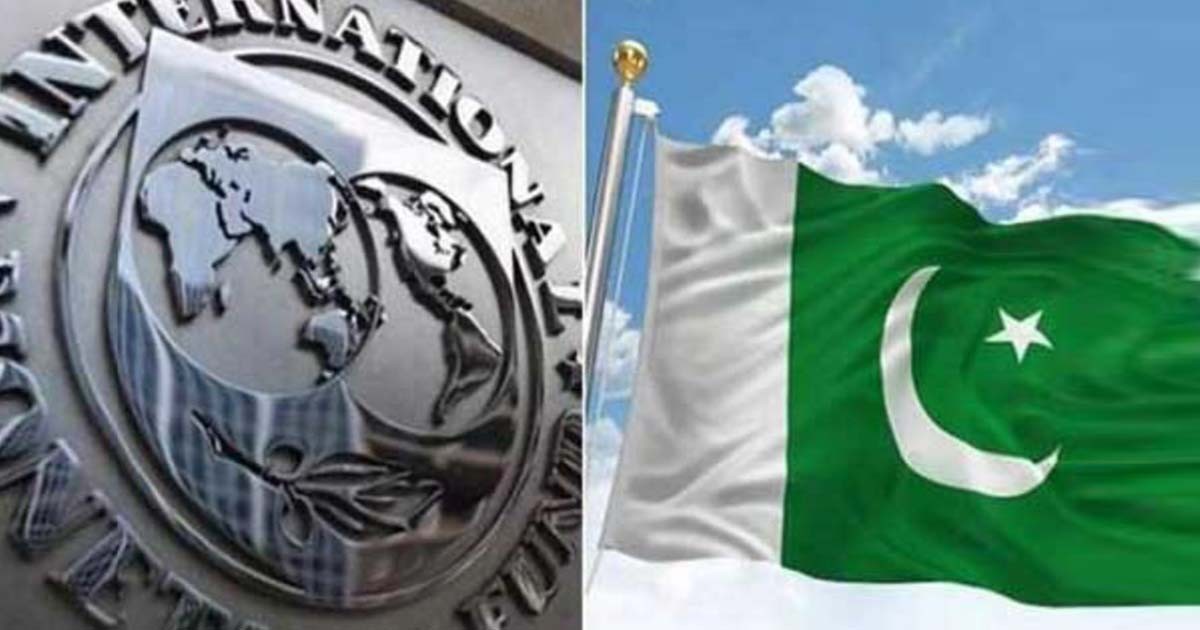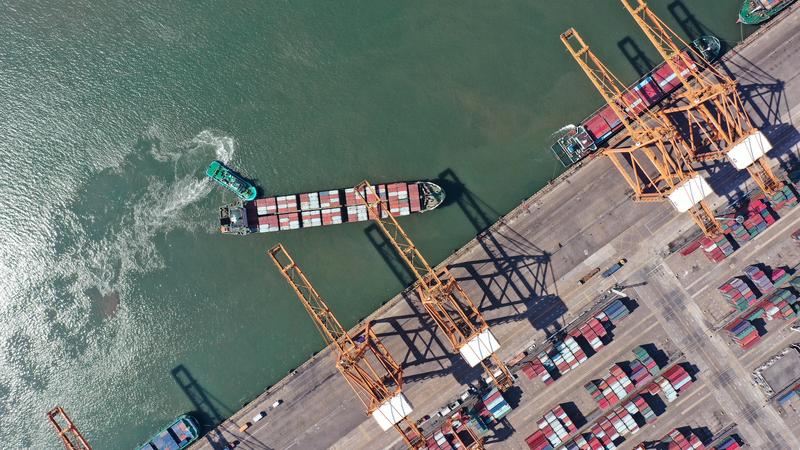Bangladesh has ensured its remarkable achievements by expanding its textile and garment industry. Its apparel sector is booming day by day. The main product of export of Bangladesh is its garments. So it is easy to say that Bangladesh needs cotton. But the production of cotton is less in Bangladesh. To fulfill the demand, Bangladesh imports cotton. On the other hand, Pakistan and Central Asian states are the main sources of cotton in South Asia and Central Asia. However, Bangladesh is the overall top tenth export market of Pakistani products as Fabrics, cotton, plastic, leather, fruits, dates are the products exported to Bangladesh. Jute, medicines are many other products imported by the Pakistani market. But there are no direct shipping lines between Pakistan and Bangladesh to import and export easily. Business is affected because of no direct connection, this causes late consignment, and hurdles for importers and exporters.
It is very pertinent to mention that Bangladesh’s economy has made a tremendous effort to boost its economy in the past few years. Pakistan and Bangladesh have the potential to work together to boost their business and connectivity ties.
Everyone is dependent on everyone in this Globalized world. States are more connected regionally and globally now. Regional connectivity is needed to bolster the development. China-Pakistan Economic Corridor is one of the regional connectivity projects in Asia. It is a Project under China-funded ‘ Belt and Road Initiative projects. ( China’s string of Pearls route)
Bangladesh and Pakistan both have already joined in the project. Chinese president

xi visited Bangladesh in 2016. He declared to invest a huge amount of dollars in Bangladesh under the Project. Bangladesh and China signed 27 agreements worth billions of dollars during his visit in Bangladesh. Bangladesh has joined the ‘BRI project’ in 2017officially. That was the right decision of PM Sheikh Hasina. China and Bangladesh vowed to deepen their Belt and Road cooperation during the visit of PM Sheikh Hasina in Beijing in 2019. The Chinese government has already granted duty-free access to 97% of Bangladeshi products to its market. Bangladesh-china bilateral trade is growing day by day. China is an important source of import for Bangladesh. China has made significant investments in the infrastructural development of Bangladesh. One of the most strategically important investments is in Payraport of Bangladesh. China has financed and constructed the Payra Deep Sea Port project estimated to cost between US $11 billion and US $15 billion. The port is the third-largest port in the country and had started operating in 2016. If this port could be connected with Gwadar port via Hambantota port, Bangladesh would have been benefitted ultimately.
Now another opportunity is awaiting Bangladesh. CPEC is going to create some benefits for the South Asian, Central Asian, and Middle Eastern regional countries. Bangladesh can and should exploit the connectivity project for its own interest.
New routes are available now for Bangladesh to reach Pakistan, such as through China. These routes must be utilized for increasing bilateral trade. In 2020, the volume of bilateral trade was $644 million, which was very little considering the market and opportunities. The good news is that the volume of trade has increased significantly in 2021, as a rise in trade between Pakistan and Bangladesh has been reported. Bangladesh and Pakistan, both are developing countries, faced with similar kinds of conditions, thus, both countries should take measures and collaborate in enhancing their bilateral trade ties.
Bangladesh Payra, Chattogram (Chittagong), and Monglaports can be connected with Gwadar port via Sri Lanka’s Hambantota port. Then Bangladesh will be able to utilize the China-run CPEC connectivity project in Pakistan. Bangladesh can easily import and export products from Central China, Pakistan, Central Asian states, Russia, Iran. We know that Central Asian states would like to connect with Pakistan now through this project. Peshawar-Kabul-Kandahar Railway connectivity, Turkey-Iran-Afghanistan-Pakistan connectivity. Bangladesh-Sri Lanka connectivity would be boosted up also. Connectivity is the synonym of development. So there is no alternative in this modern globalization era. We also know the current’ Afghan Peace Process. Bangladesh can play an important role to develop the infrastructure, many other sectors in Afghanistan utilizing this regional connectivity. Bangladesh, Pakistan, and Afghanistan share a common platform like SAARC. Bangladesh and Afghanistan both would be benefitted from bilateral trade if the political situation is stagnant in the war-ravaged country. Therefore, there are some opportunities for Bangladesh in the case of utilization of the CPEC project.
Bangladeshi businesses may explore opportunities being offered by CPEC which can also be used as a transport link if Bangladesh is sourcing its imports from Western and Central China.
There may be some problems between Pakistan and Bangladesh too. Pakistan and Bangladesh have become very serious regarding building relations with each other in the last few years. We have found great fabric and yarn manufacturers from Pakistan. Bangladesh has a very small window of opportunities available to it. Although there are issues between Pakistan and Bangladesh, the businessmen on both sides understand the importance of bilateral trade. CPEC holds great importance and this opportunity will bring prosperity to Bangladesh as well because 30%-40% of the import is coming from China. Using CPEC as a channel, Pakistan should promote it to Bangladeshi businessmen.
Pakistan exports potatoes to and imports wheat from Russia. Bangladesh also needs to export potatoes and import wheat from Russia. Bangladesh can utilize this route easily taking the help of Pakistani businessmen. Although Bangladesh and Pakistan compete with each other in this sector, bilateral efforts would pave the way to strengthen the business ties. In the onion crisis in 2019 in Bangladesh when India stooped exporting onion to Bangladesh, Bangladesh exported onion from Pakistan. Therefore, we understood the significance of the route in the emergency moment. However, 80% of the Bangladeshi population is youth and they are willing to be employed by the business community. We need to help the youth on both sides to connect not only nationally but regionally and globally. So, Bangladesh should utilize the CPEC connectivity project to maximize its own business interest. There is no alternative path without connectivity with the Globalized world.
Writer: MD Pathik Hasan
The freelance writer particularly on current international issues is Dhaka based NGO worker.













